[ad_1]
What’s symmetry in images? And how are you going to use it for wonderful compositions?
On this article, I’ll share with you the whole lot it is advisable find out about symmetry.
I’ll take you thru the several types of symmetry and other ways to make use of symmetry, and I’ll share loads of ideas and tips alongside the way in which.
Are you able to change into a symmetry skilled?
Then let’s get began!
What Is Symmetry in Pictures?
Symmetry in images is when two components of a picture are reflections of each other. When symmetry is utilized in photographic compositions, it ends in a powerful, in-your-face impact, because of the 2 picture halves that stretch outward from the purpose of reflection.

Word that not all symmetry requires a good reflection throughout some extent or line of symmetry. You’ll be able to create stunning compositions utilizing solely near-symmetry (the place the 2 halves of the symmetrical composition are solely comparable, moderately than similar).
Symmetry is a well-liked compositional machine, one which you should use for beautiful photos. However it’s a must to watch out; an excessive amount of symmetry, and you may find yourself creating a picture that’s static and, properly, boring.


Varieties of Symmetry in Pictures
Symmetry in photographic composition may be boiled down to 3 broad classes:
Vertical symmetry.
Horizontal symmetry.
And radial symmetry.
Every of those choices will give your photos a distinct really feel, which is why I extremely suggest you discover ways to apply all of them when taking pictures.
Now let’s check out the several types of symmetry, beginning with:
1. Vertical Symmetry
Vertical symmetry refers to a mirrored image throughout a vertical (that’s, an up/down) line.
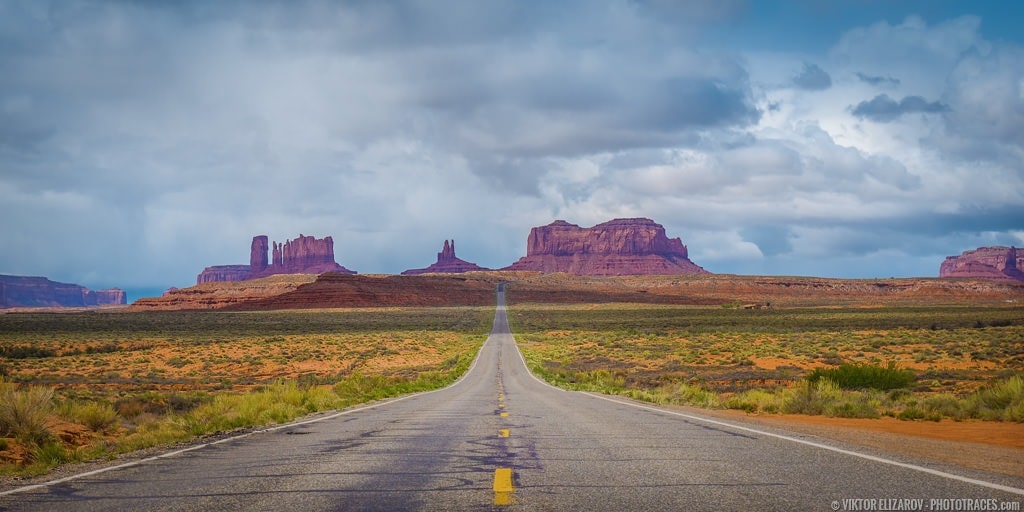

So a photograph of an individual wanting right into a mirror would present vertical symmetry.
Identical with an individual wanting right into a reflective automotive window, or a mirrored image on a glass constructing, or a mirrored image in an individual’s sun shades.
In fact, vertical symmetry doesn’t should happen within the type of a regular reflection. You’ll be able to have buildings with similar halves (and might be break up down the center for clear vertical symmetry). Even most portrait photographs embrace some type of vertical symmetry, as a result of people are vertically symmetrical!
And as I defined in a earlier part, symmetry doesn’t should be good. You’ll be able to all the time have near-symmetry – comparable to two individuals standing throughout from each other – and nonetheless get a strong compositional impact.
2. Horizontal Symmetry
Horizontal symmetry is the other of vertical symmetry:
As an alternative of reflecting throughout a vertical line, it displays throughout a horizontal one.
So a photograph of a mountain above a reflecting lake can be an instance of horizontal symmetry.
In reality, reflections in water are a very widespread kind of horizontal symmetry, one that you just’ll see on a regular basis in panorama images.
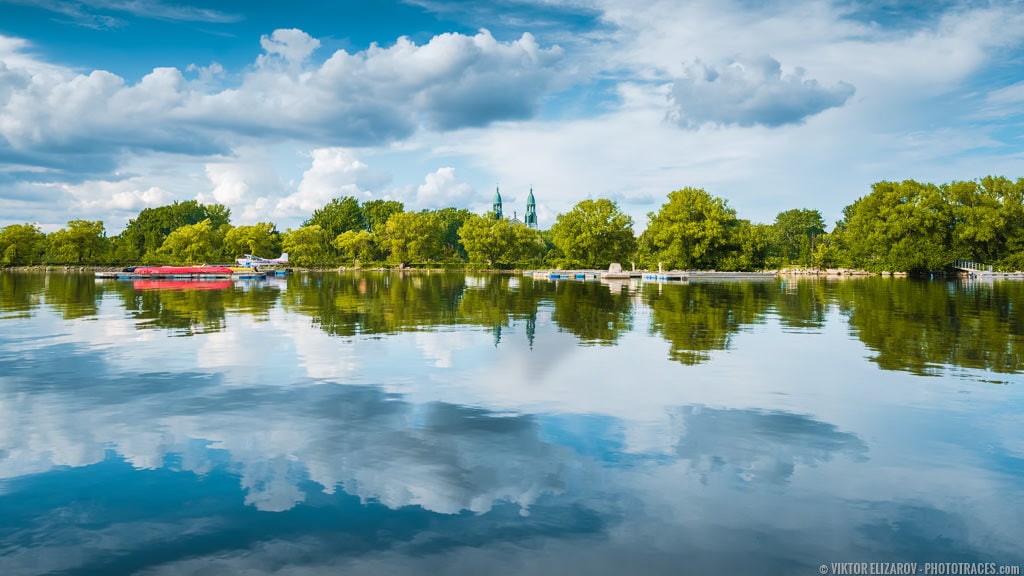

And avenue photographers love to make use of puddles of water to create attention-grabbing horizontal reflections for his or her mind-bending city photos.
3. Radial Symmetry
Radial symmetry is created by reflections that stretch in a circle round a specific level.
So as an alternative of getting a line of symmetry, throughout which a picture is mirrored…
…a radially symmetrical picture could have a circle of symmetry, comparable to in a photograph of a starfish, the place the arms are radially symmetrical.
Word that radial symmetry might be the rarest of the three forms of symmetry. However it additionally affords essentially the most highly effective impact, as a result of it concentrates the symmetry and forces the viewer to actually discover the composition.
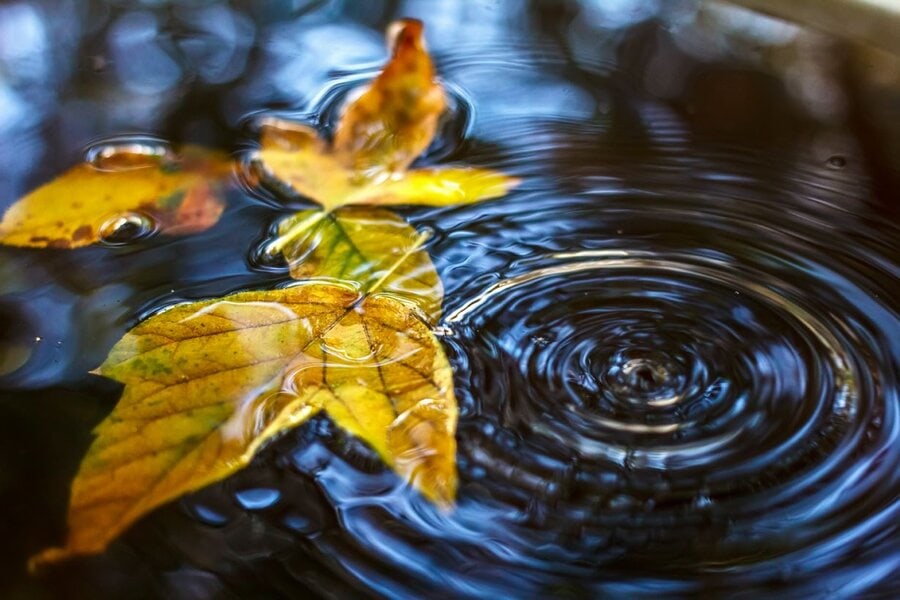

Flower facilities supply radial symmetry, as do many vegetation. Typically, it’s attainable to create a powerful composition just by placing a radially symmetrical topic smack-dab within the middle of your picture. The radial symmetry will preserve the picture attention-grabbing, and the general impact will make your topic pop.
However whereas radial symmetry is widespread in macro images and avenue images, it’s robust to seek out radially symmetrical constructions in panorama or portrait images.
Symmetry in Panorama Pictures
Panorama images is stuffed with alternatives to make use of symmetry.
You simply should know the place to look!
To start with, there’s vertical symmetry. You’ll be able to usually discover this in mountains, which may be divided in two to create a symmetrical composition. The identical is true of ocean photographs; you may usually discover symmetrical foreground topics, comparable to an attractive rock, which may lead the attention to the (nonetheless symmetrical) background.
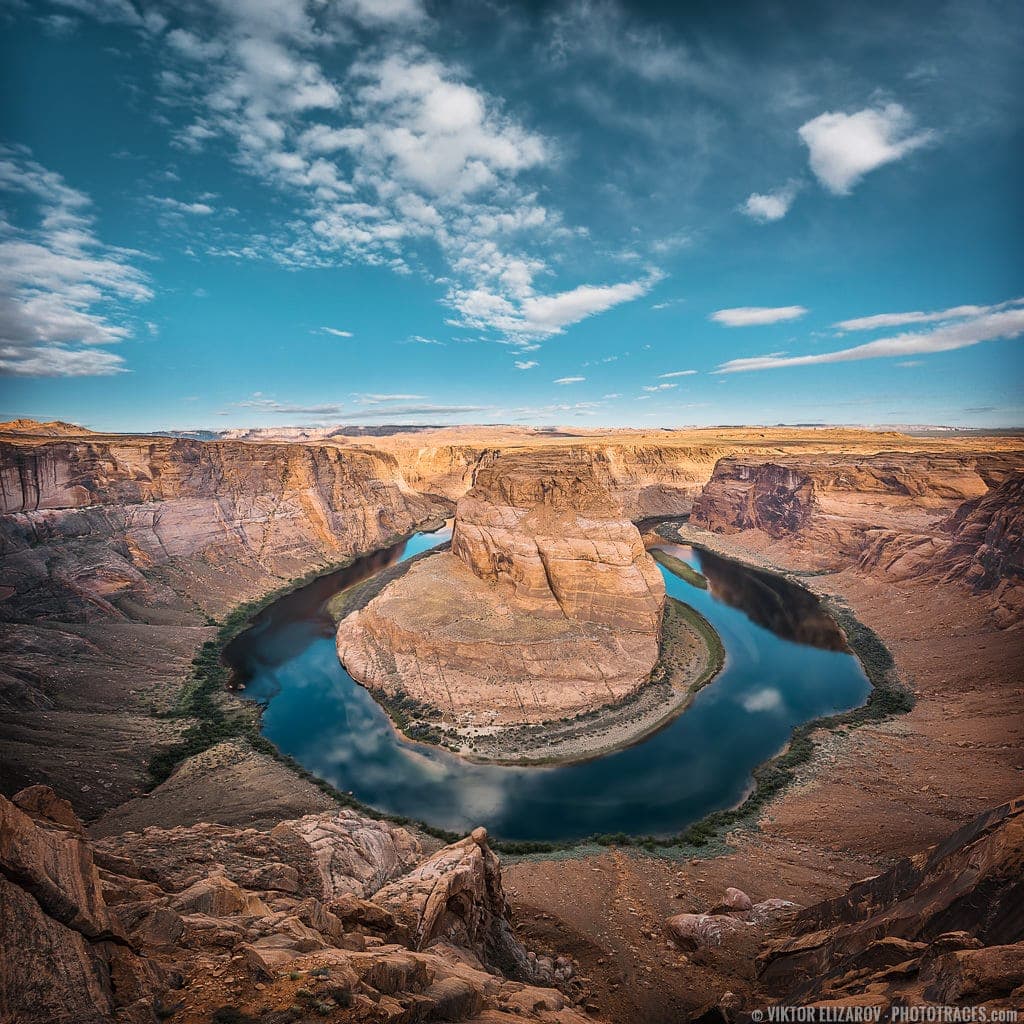

Second, there’s horizontal symmetry. Panorama photographers all the time incorporate water reflections into their photos, which ends up in stunning horizontal symmetry. Word that you may usually get stunning horizontal symmetry at daybreak when the wind is low, and the water remains to be for the perfect reflections.
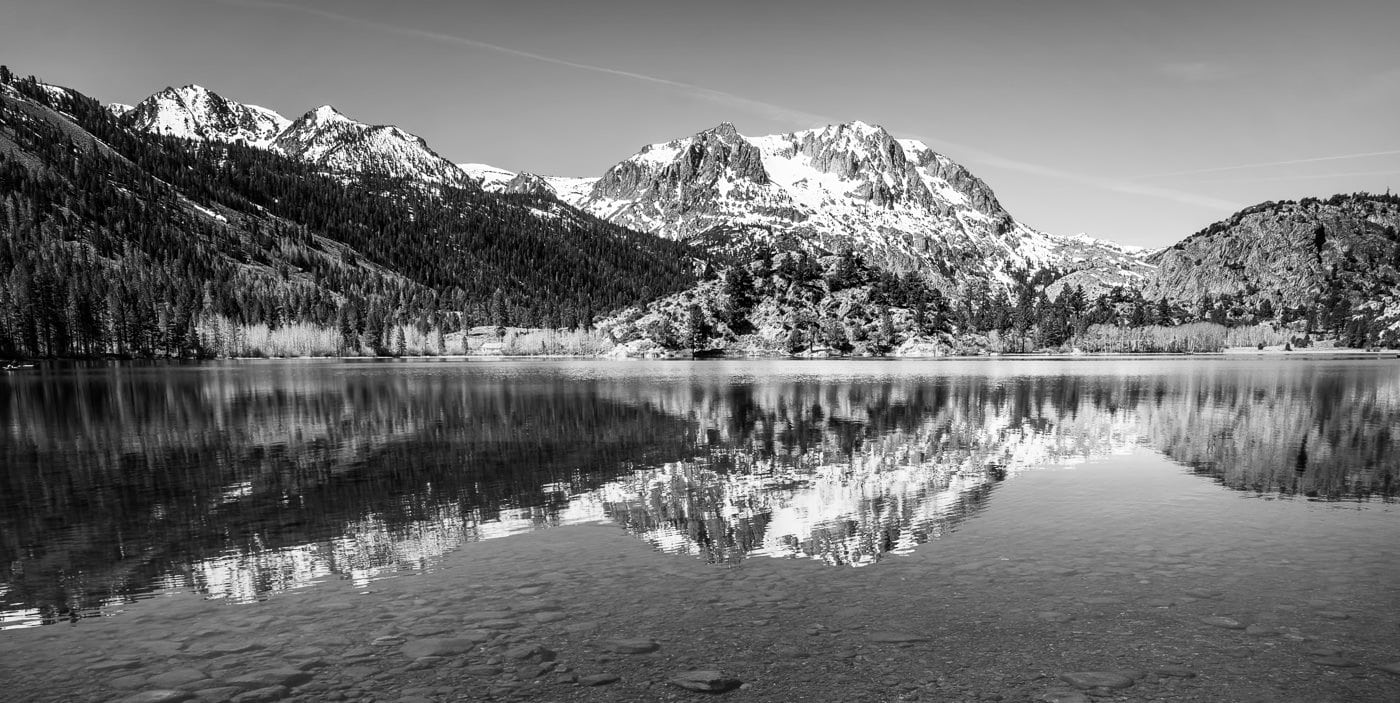

Third, there’s radial symmetry. Whereas that is tougher to seek out in panorama images, you’ll sometimes run into radially symmetrical topics, comparable to rocks, rock constructions, vegetation, and extra.
Symmetry in Architectural Pictures
It’s robust to seek out radial symmetry in architectural scenes.
In any case, architectural images largely simply entails buildings, and buildings are not often round or star-shaped!
Nevertheless, there’s loads of different symmetry in structure to play with.
For one, you’ll find vertical symmetry all over in buildings. Virtually each constructing is vertically symmetrical, so it’s attainable to create compositions that place a constructing entrance and middle, emphasizing the road of symmetry for excellent outcomes.
By the way in which, you usually have a alternative:
Place the road of symmetry within the useless middle of the picture, or place it off to the facet (usually alongside a rule of thirds gridline).
For those who place the road of symmetry within the useless middle of the picture, you’ll usually find yourself with a really intense, aggressive composition.


Whereas should you place the road of symmetry on a rule of thirds gridline, the ultimate picture might be extra tame.
Which is greatest?
That’s as much as you, because the photographer! However each can look good.
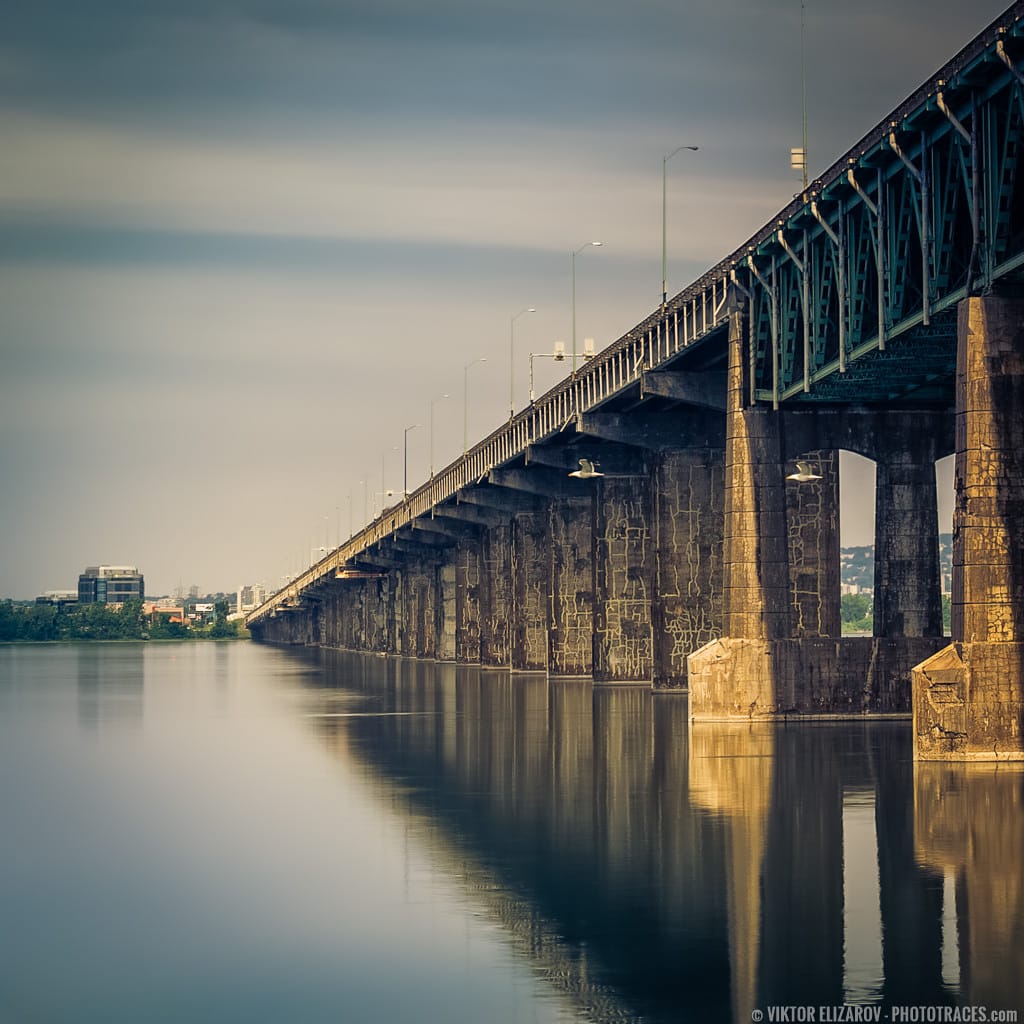

As for horizontal symmetry:
You undoubtedly can discover it in architectural images, comparable to when photographing a constructing above a reflective river.


Simply preserve a watch out for vertical and horizontal symmetry when taking pictures structure, and also you’re sure to seek out some stellar compositions.
Symmetry in Portrait Pictures
As I discussed above, most portrait images entails vertical symmetry just because people are vertically symmetrical.
You too can create vertical symmetry by positioning two individuals subsequent to 1 one other (the road of symmetry runs vertically between their our bodies).
Horizontal symmetry is far more uncommon in portrait images, although should you place your topic above reflective water or above a reflective automotive hood, you may simply create a horizontally symmetrical composition.
And, in portrait images, radial symmetry is sort of unattainable to seek out.
Suggestions for Utilizing Symmetry in Panorama Pictures
For those who’re wanting to boost your panorama photographs with symmetry, right here’s what I like to recommend you do:
First, think about whether or not to place the symmetry line within the shot’s middle or off to the facet. A centered composition tends to be extra highly effective, whereas an off-center composition tends to really feel extra dynamic. Each can work, however it’s best to all the time pay attention to the place you place your symmetry line and its penalties.


Second, take into consideration whether or not you may fastidiously break the symmetry. This will usually result in a really cool outcome, as your entire composition will present symmetry – apart from a single level.
For example, you may {photograph} a mountain mirrored on water, however with a single chicken flying by means of to interrupt the symmetry on the high.
Does that make sense?
Finally, the perfect symmetrical photographs usually come about by means of experimentation – so when you’ve discovered some beautiful symmetry, don’t be afraid to mess around with totally different compositions!


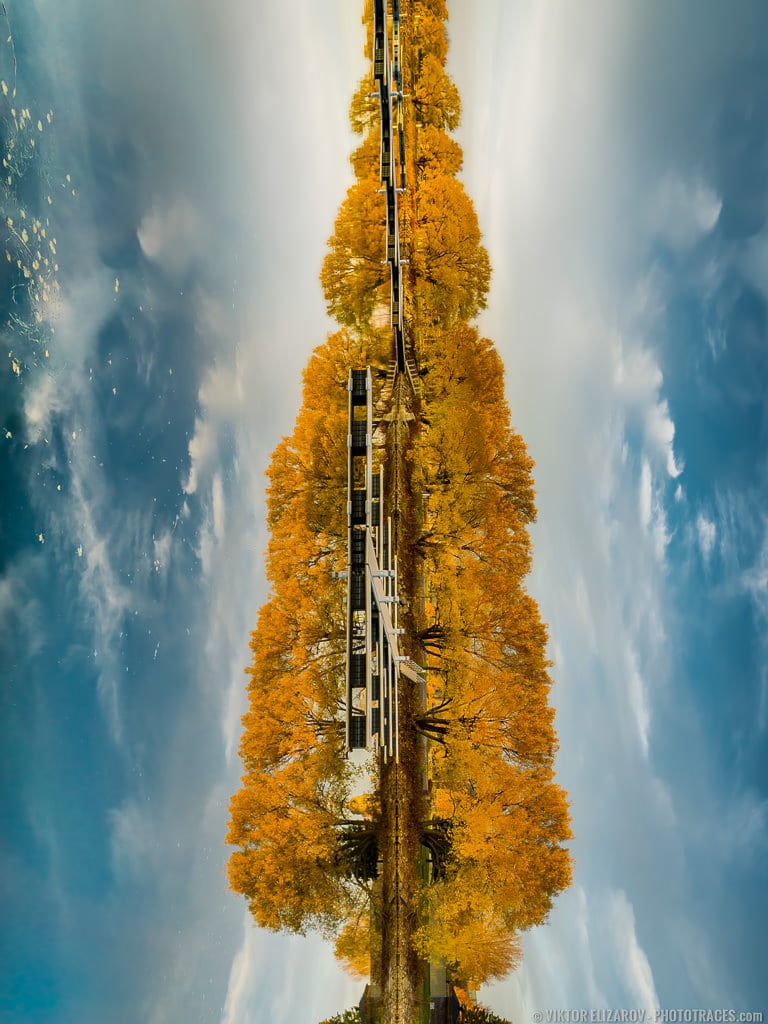

Symmetry vs Rule of Thirds
Symmetry brings to thoughts static, centered photos.
Whereas the rule of thirds requires key parts to be positioned a 3rd of the way in which into the body.
Nevertheless…
Whereas symmetry and the rule of thirds are likely to goal in reverse instructions…
It’s attainable to make use of each collectively.
As I discussed above, you may truly place a vertical (or horizontal) line of symmetry alongside a rule of thirds gridline.
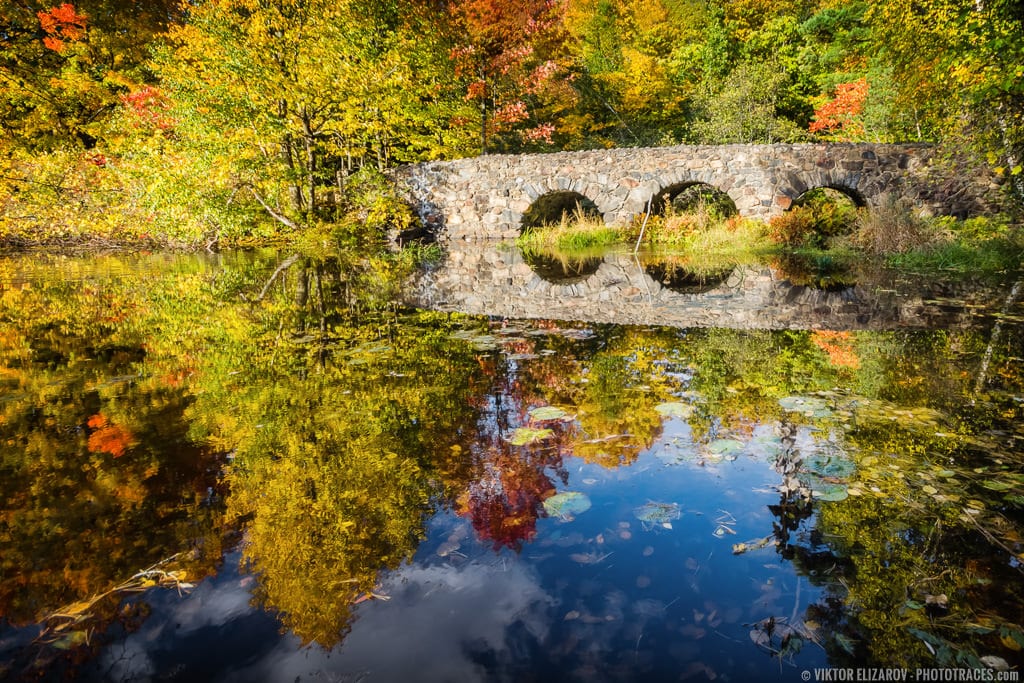

And should you’re coping with radial symmetry, you may place it at a rule of thirds energy level!
That manner, you may reap the benefits of each symmetry and the rule of thirds.
Finally, you may mix symmetry with totally different guidelines of composition and rules of images.
Symmetry in Pictures | Conclusion
Now that you just’ve completed this text, you realize all about symmetry in images.
And you understand how it may be used for beautiful outcomes.
So, subsequent time you’re out taking pictures, don’t be afraid to check out some symmetrical compositions.
You’ll get beautiful outcomes!
Articles Associated to “How you can Use Symmetry in Pictures Composition“
[ad_2]